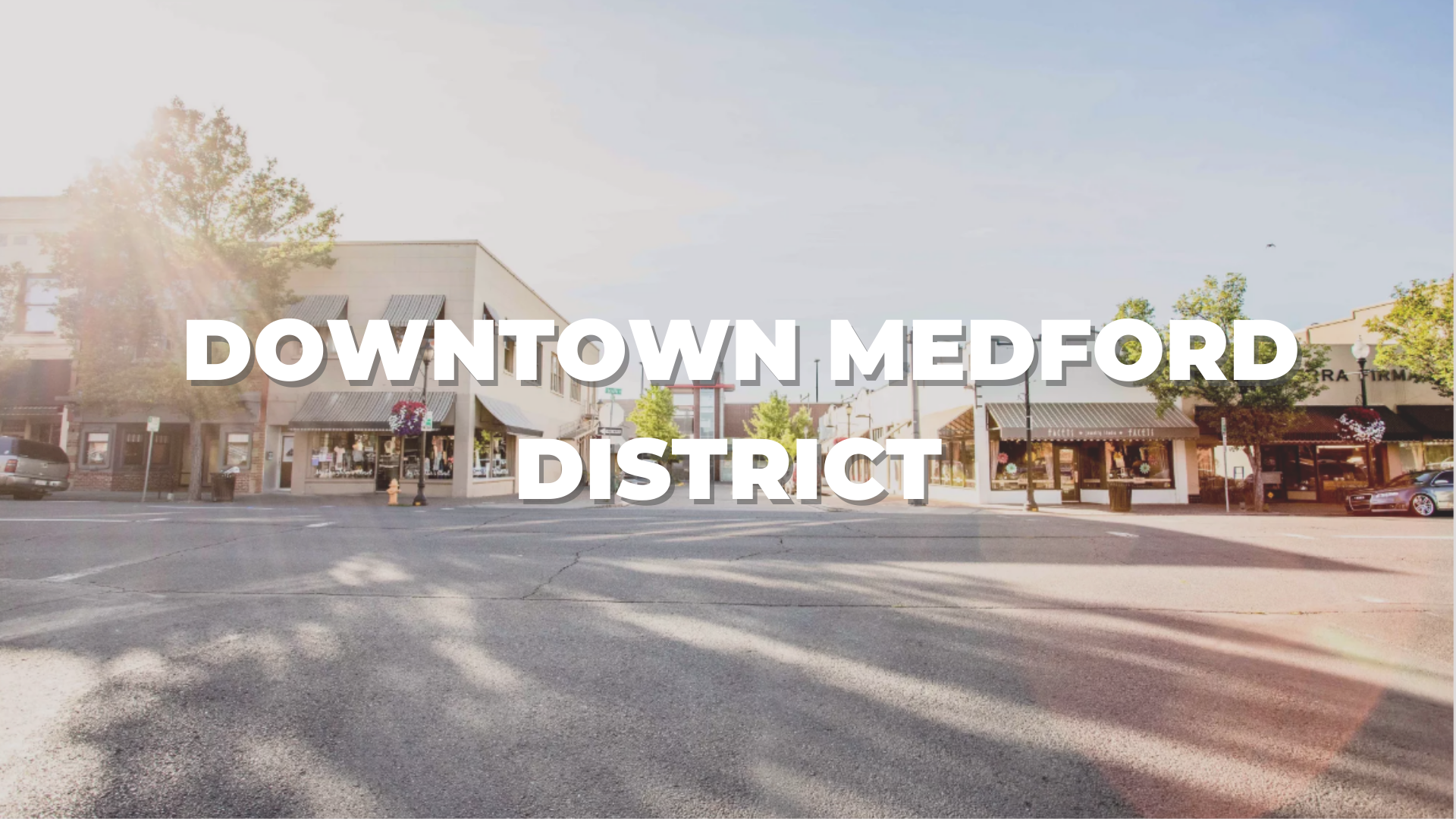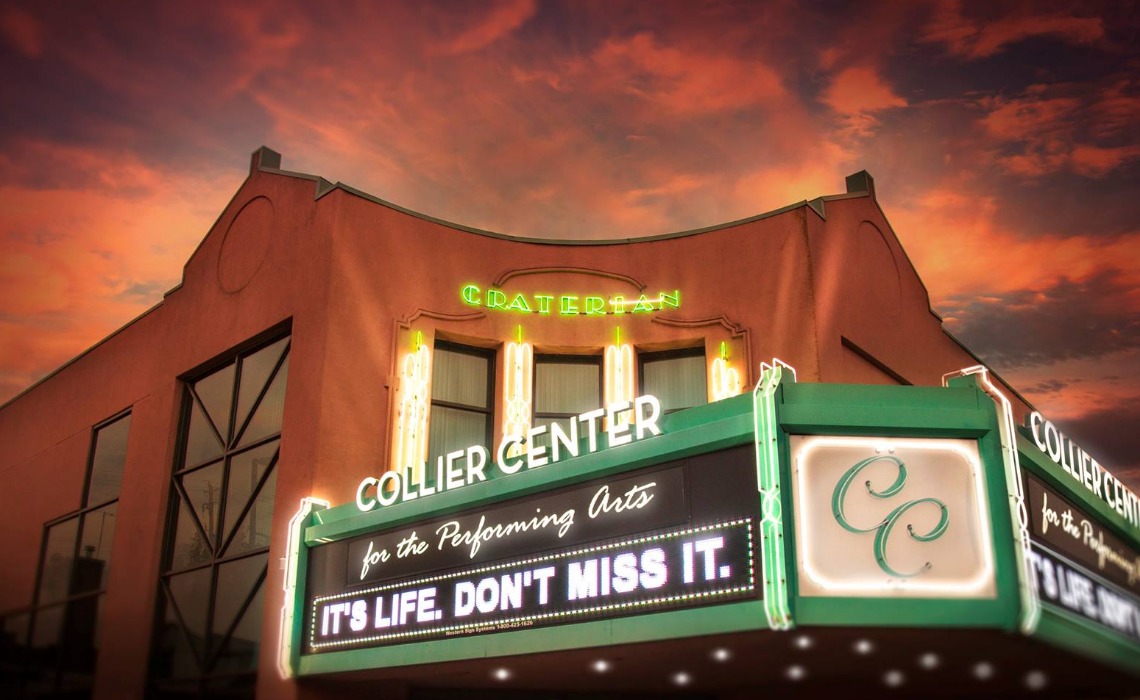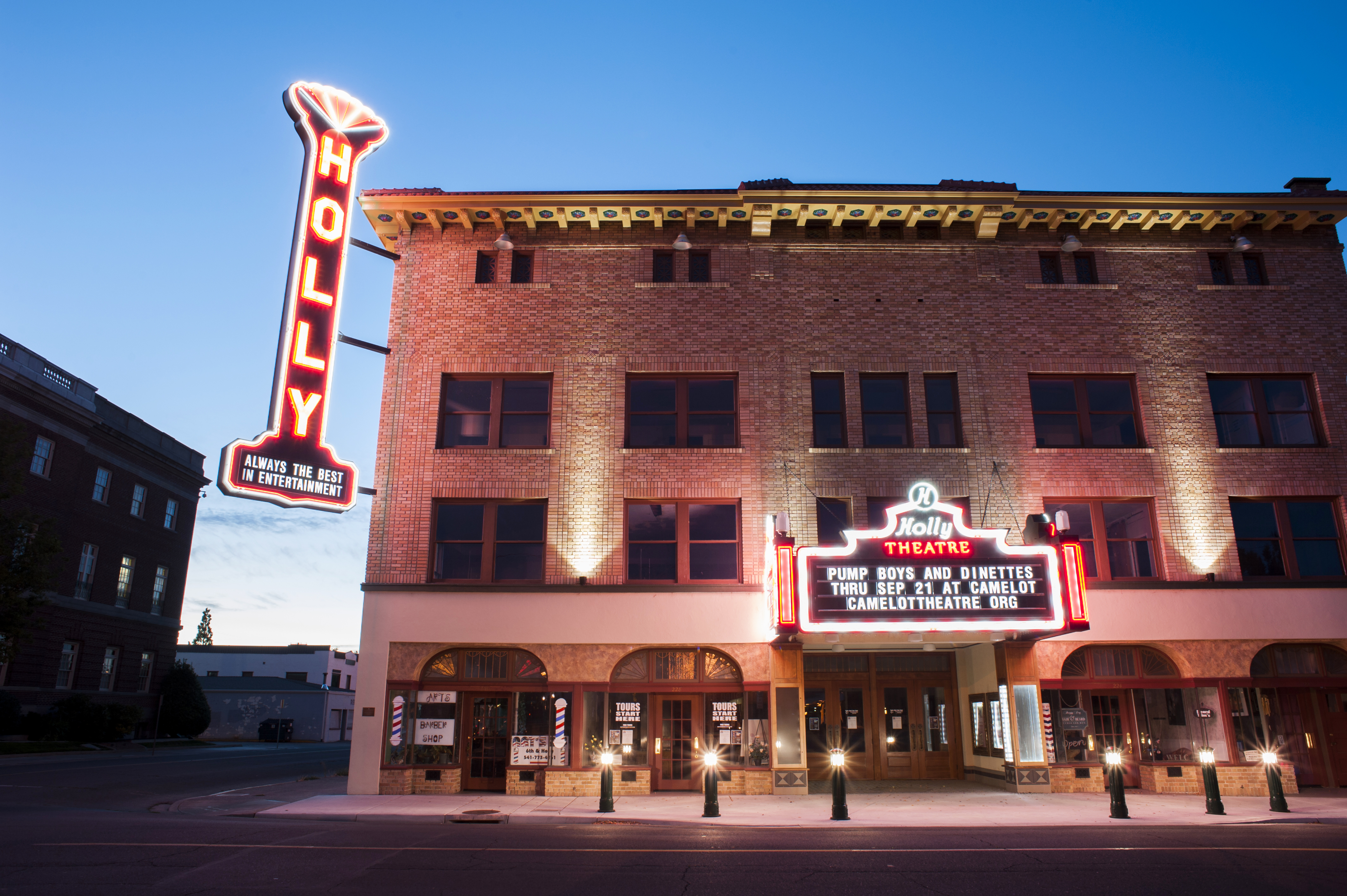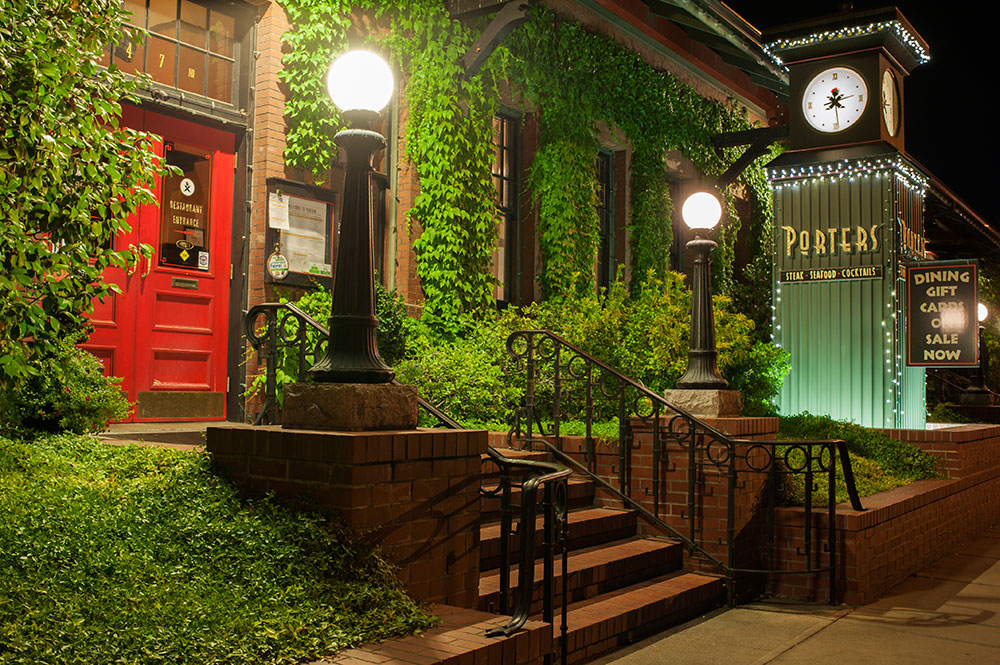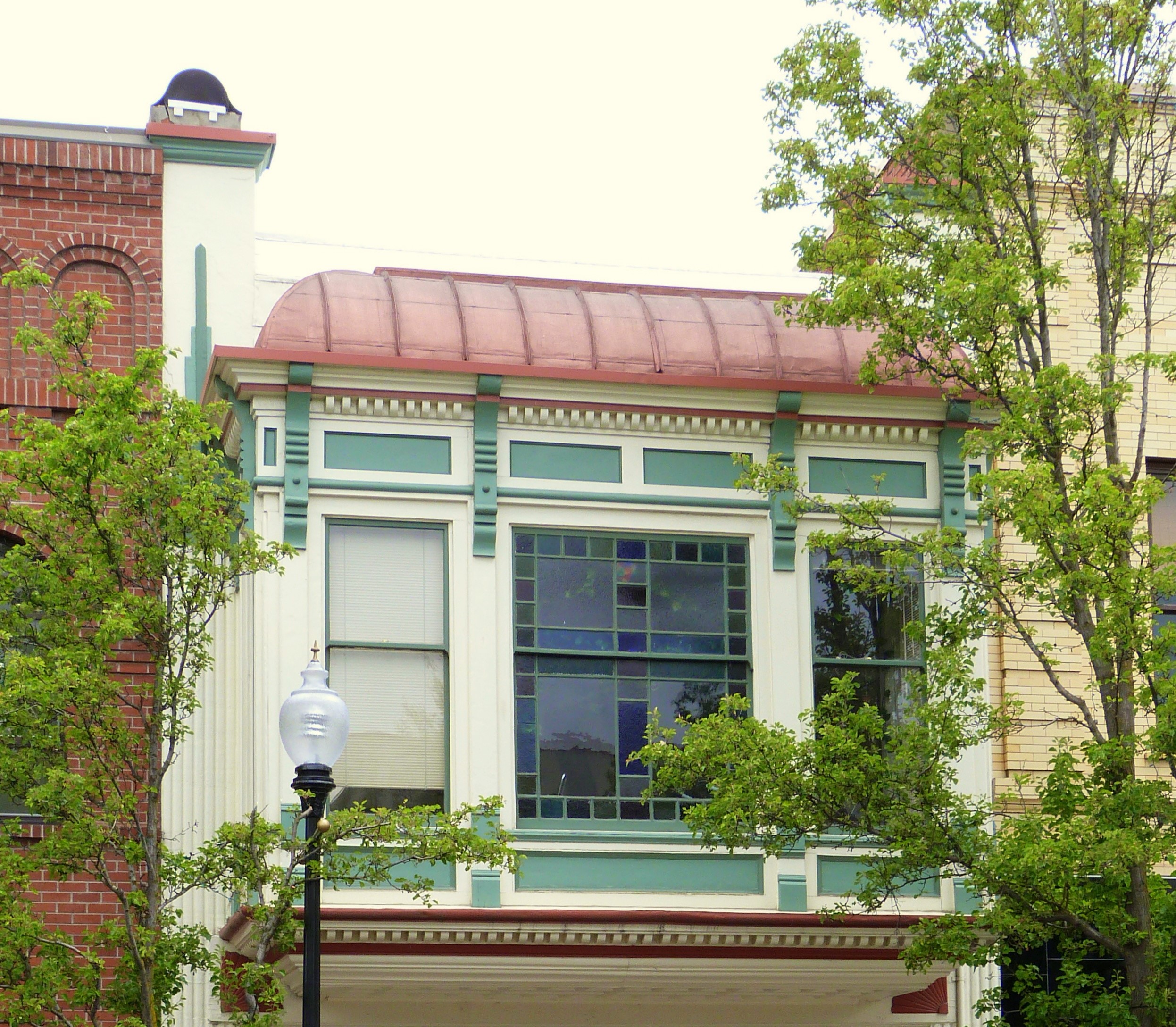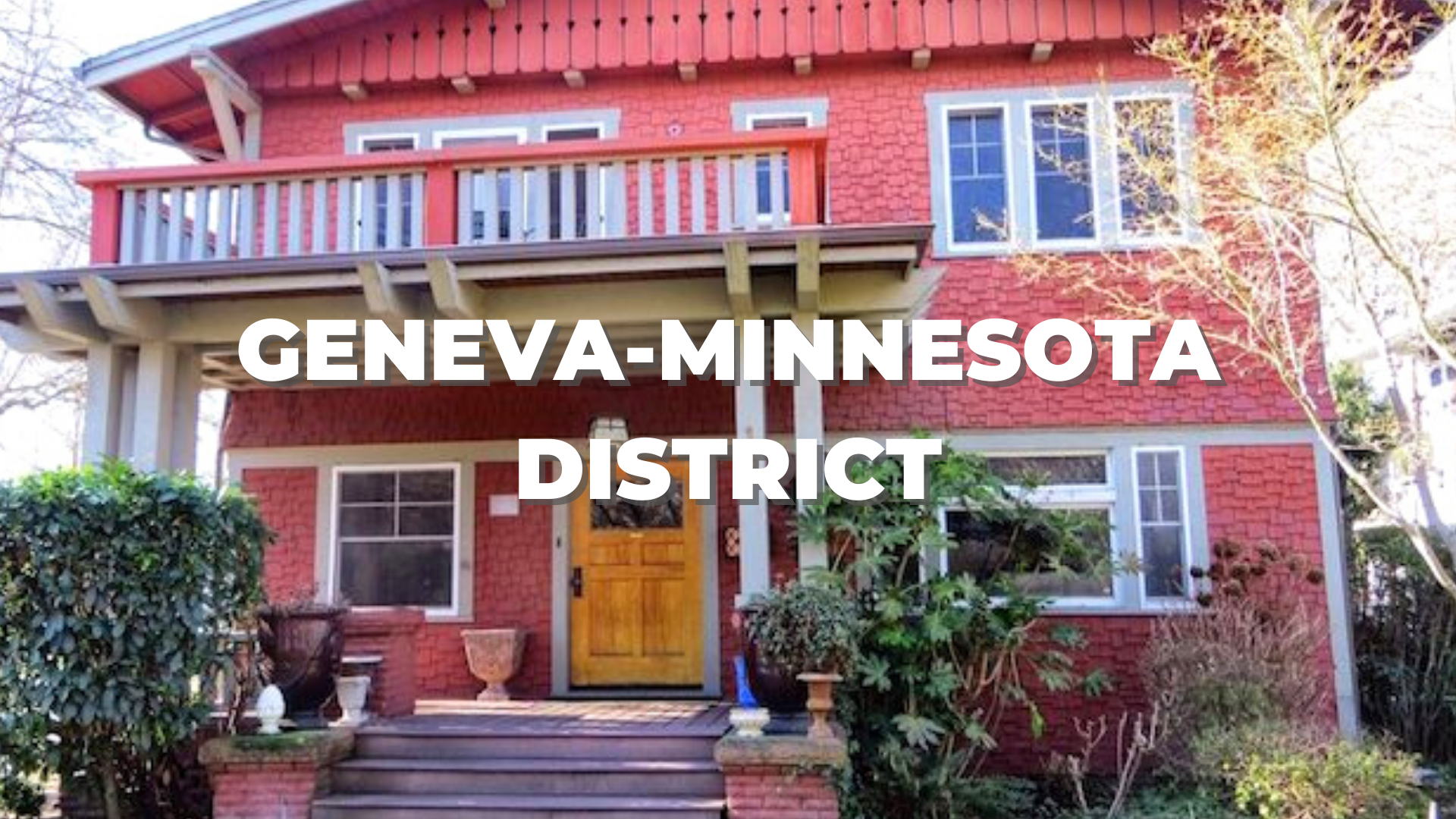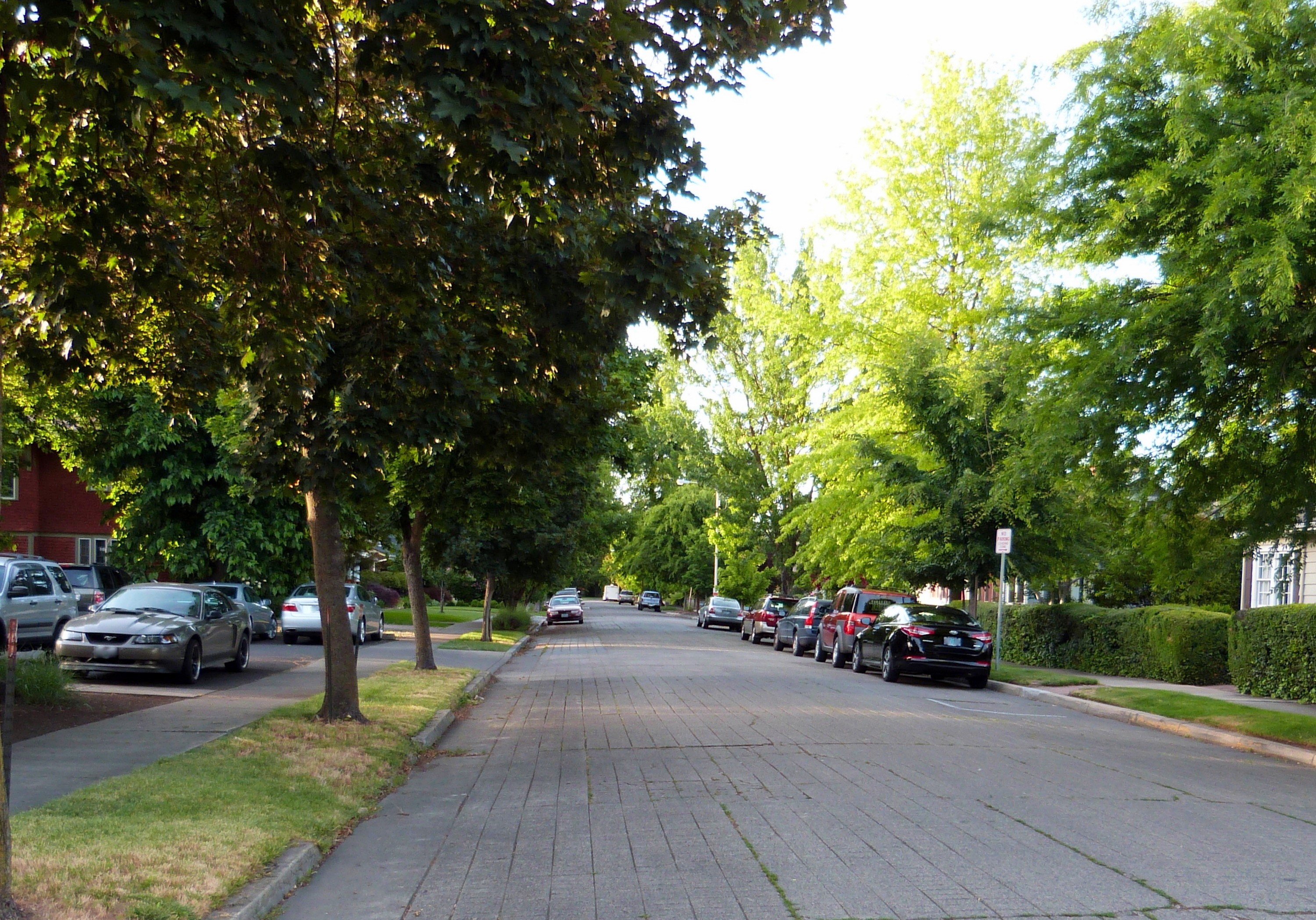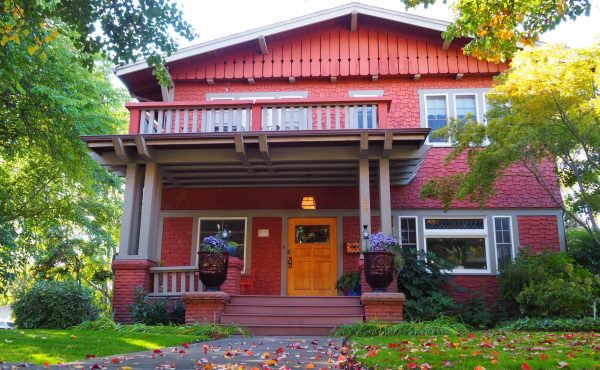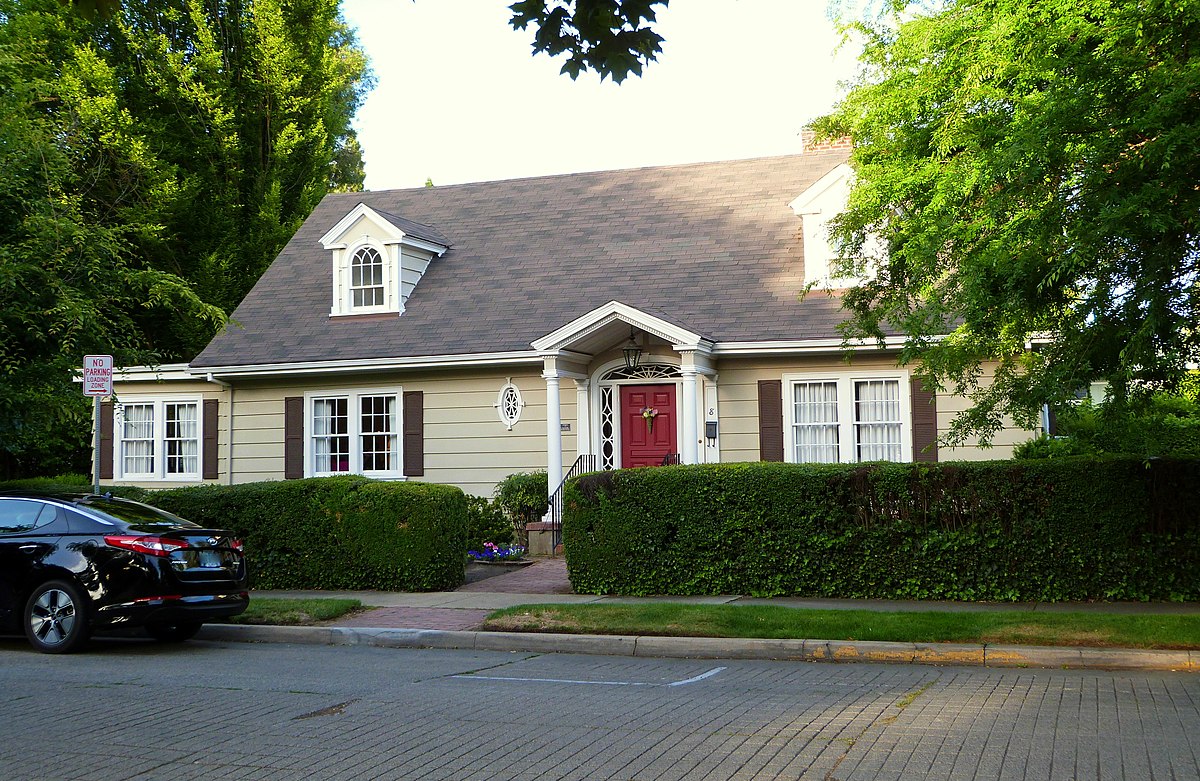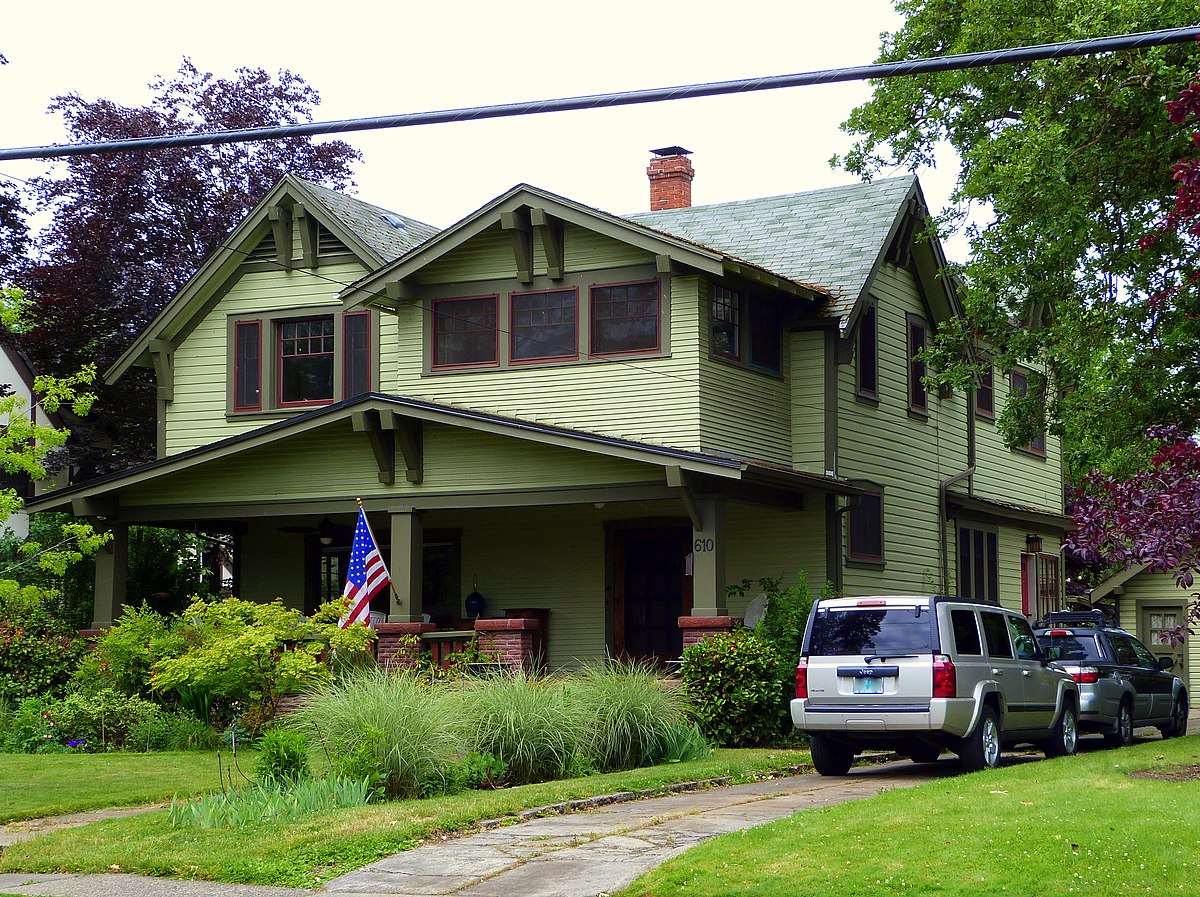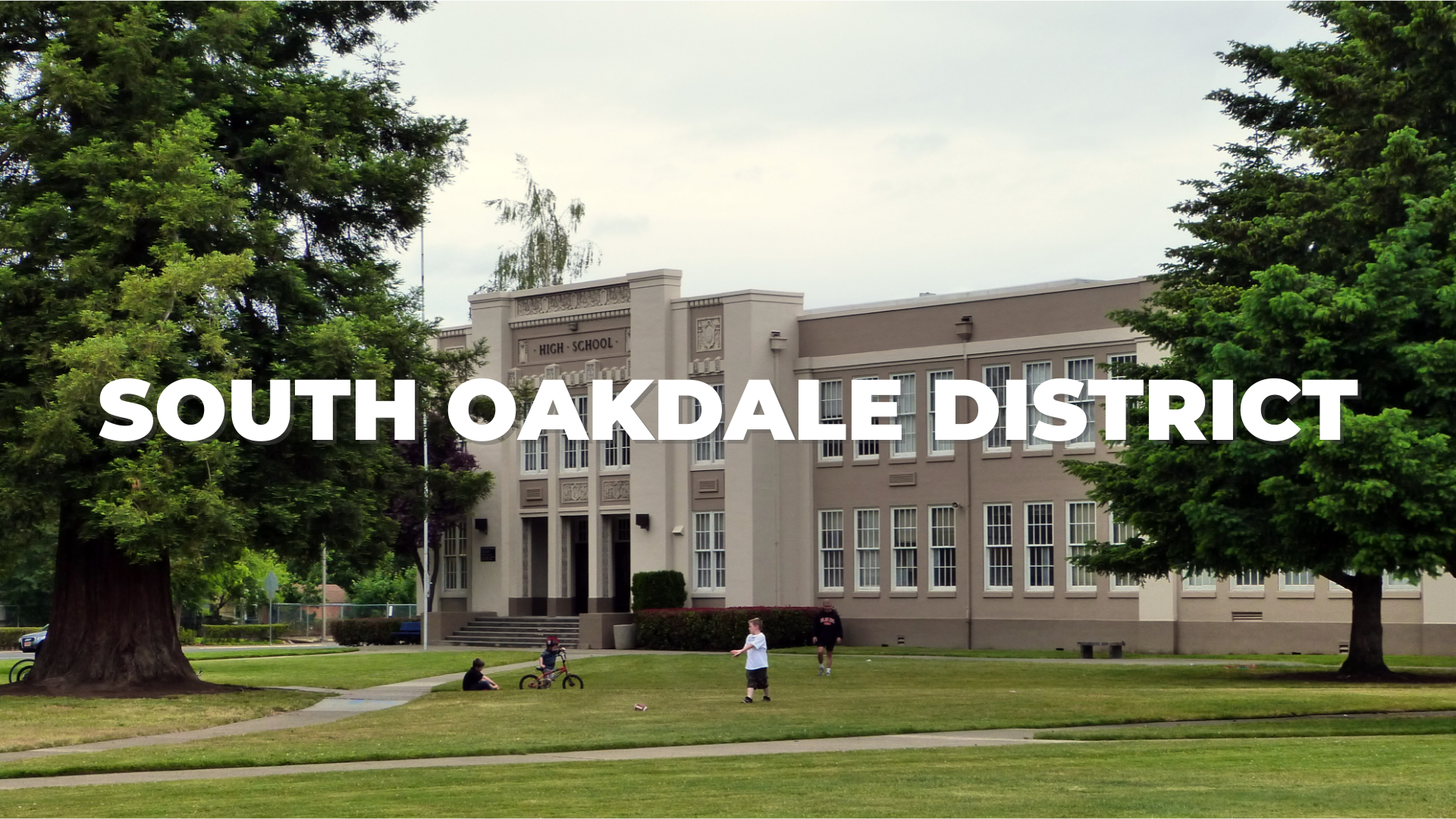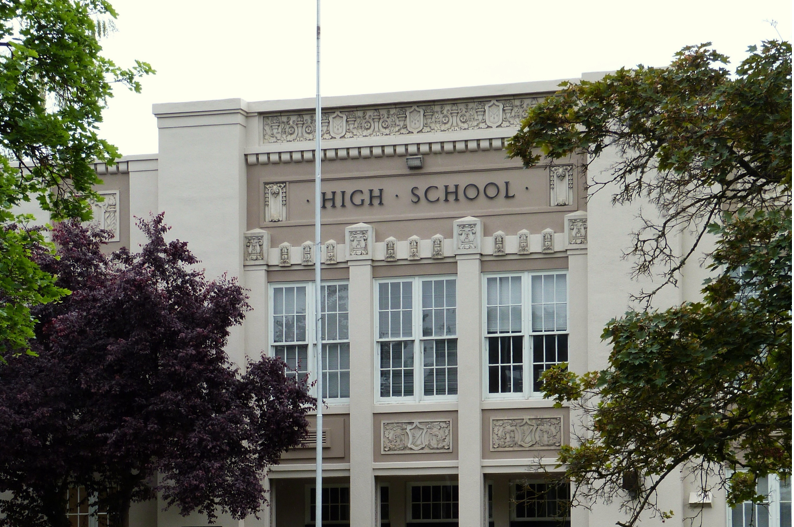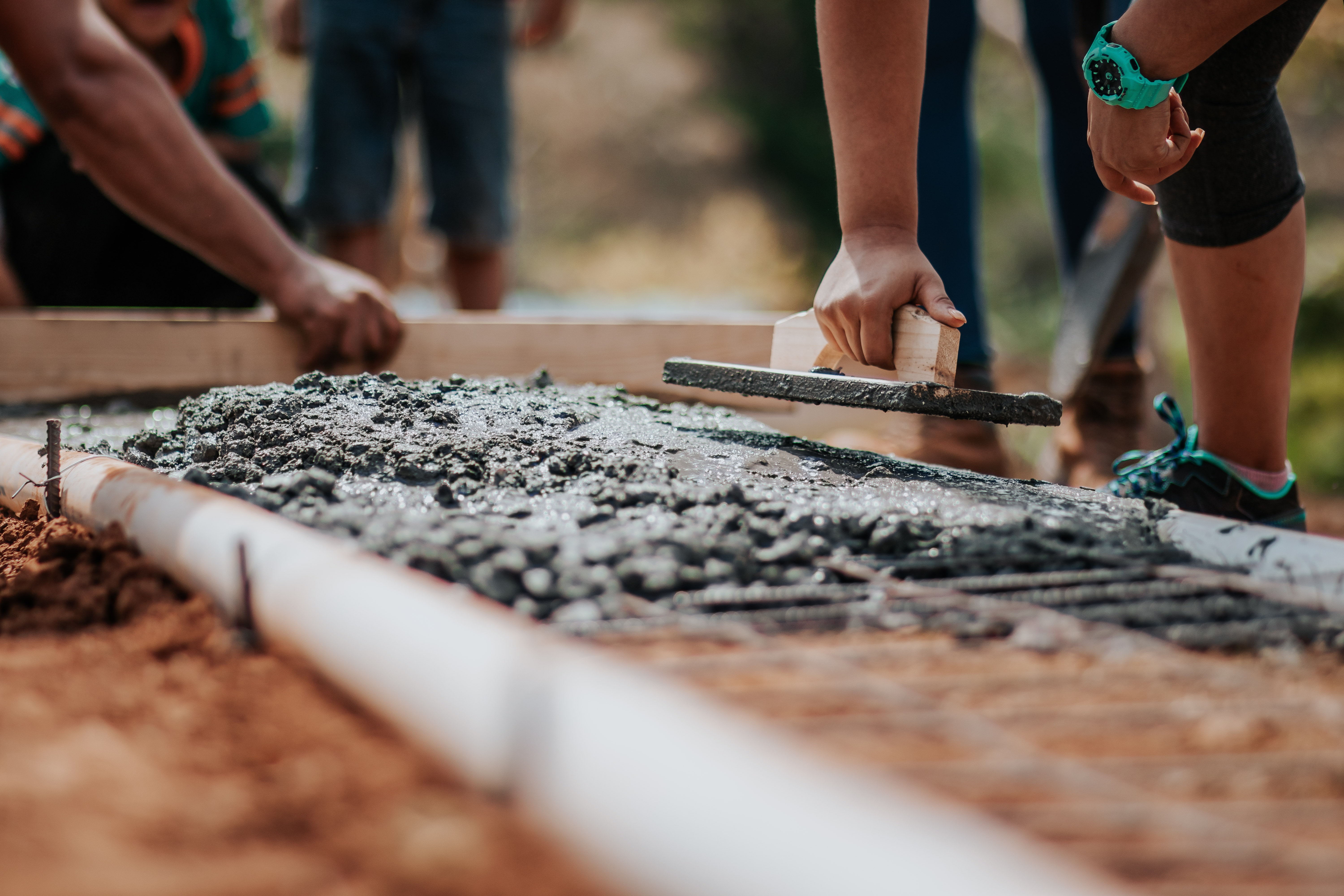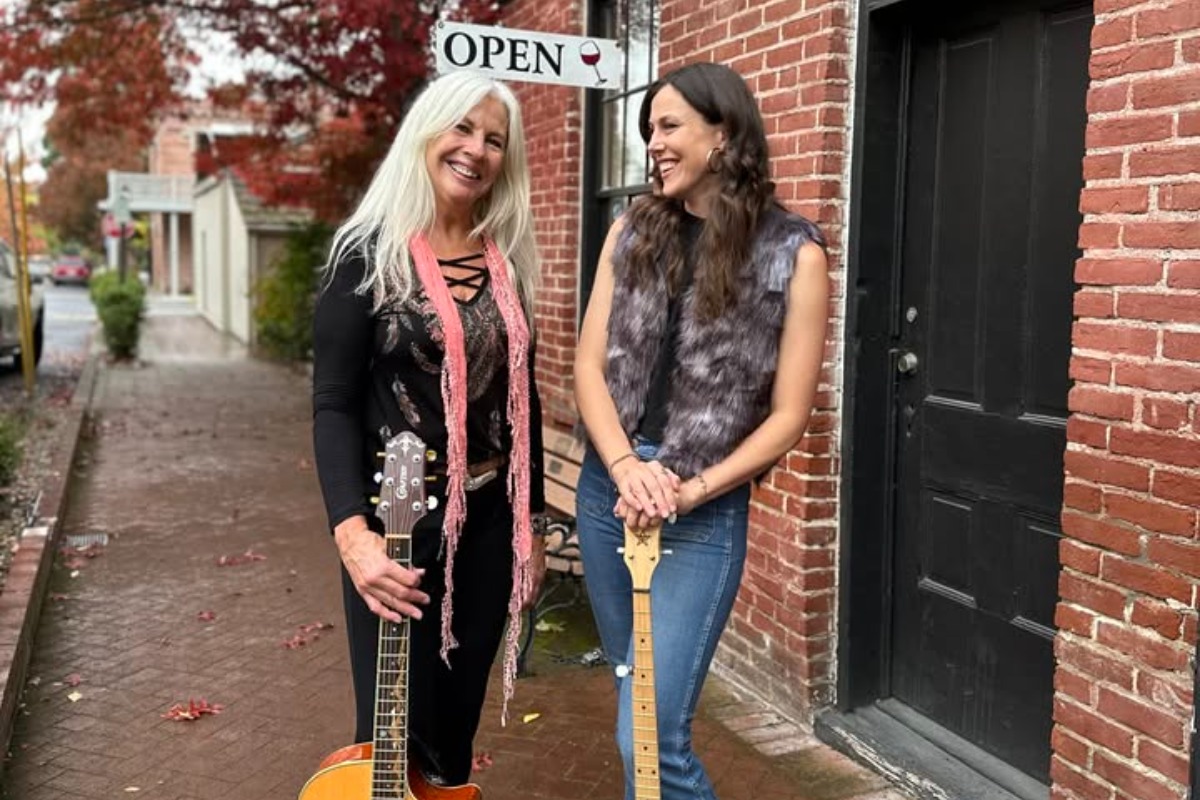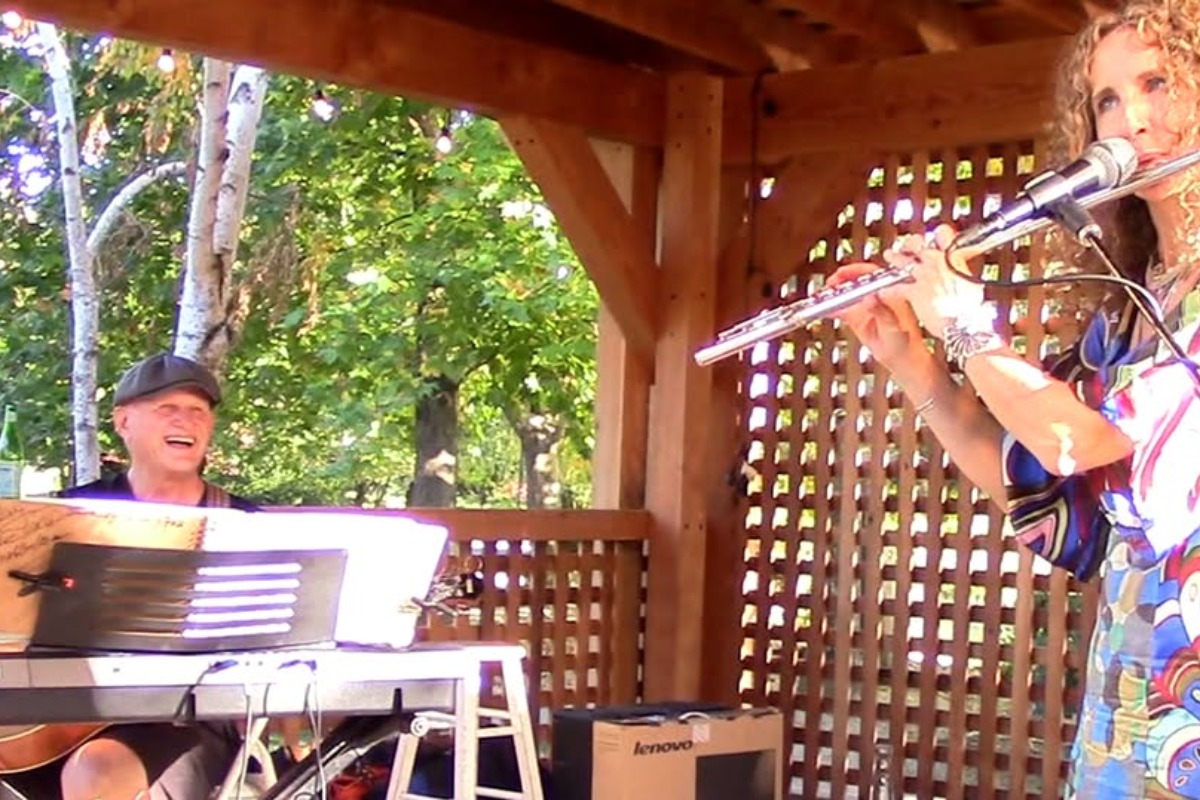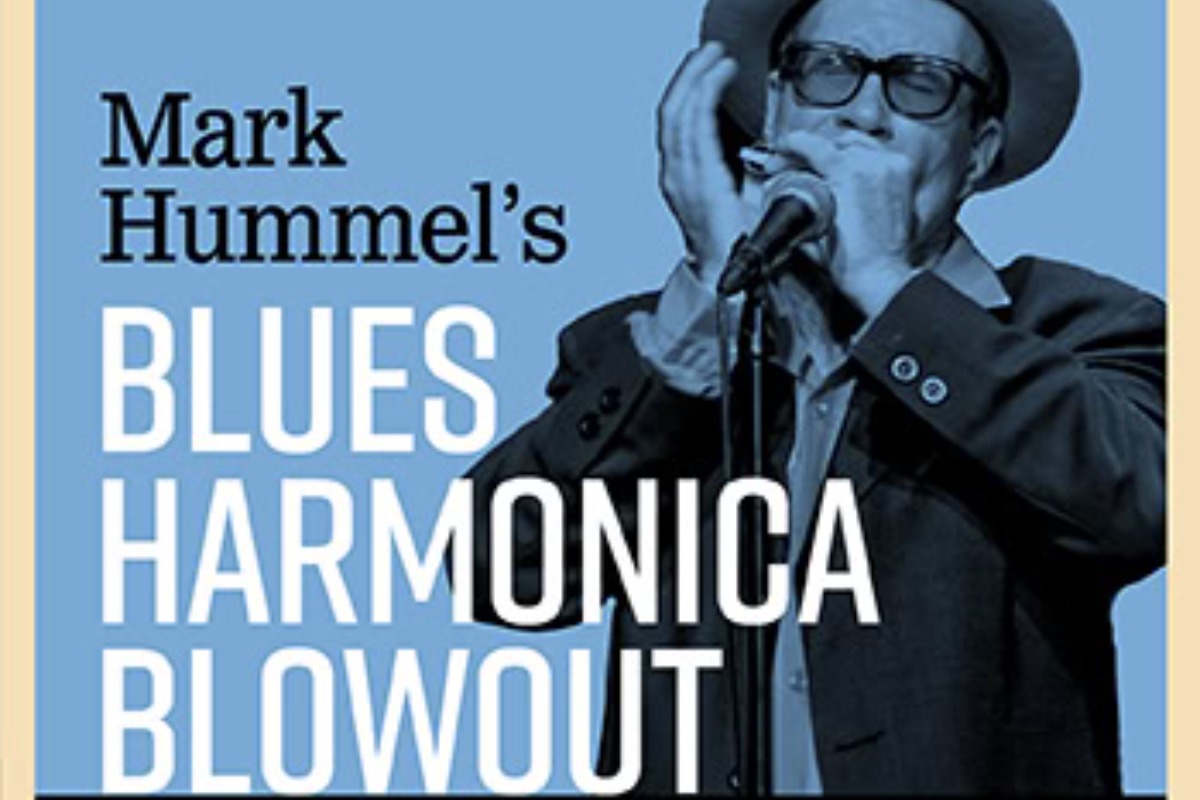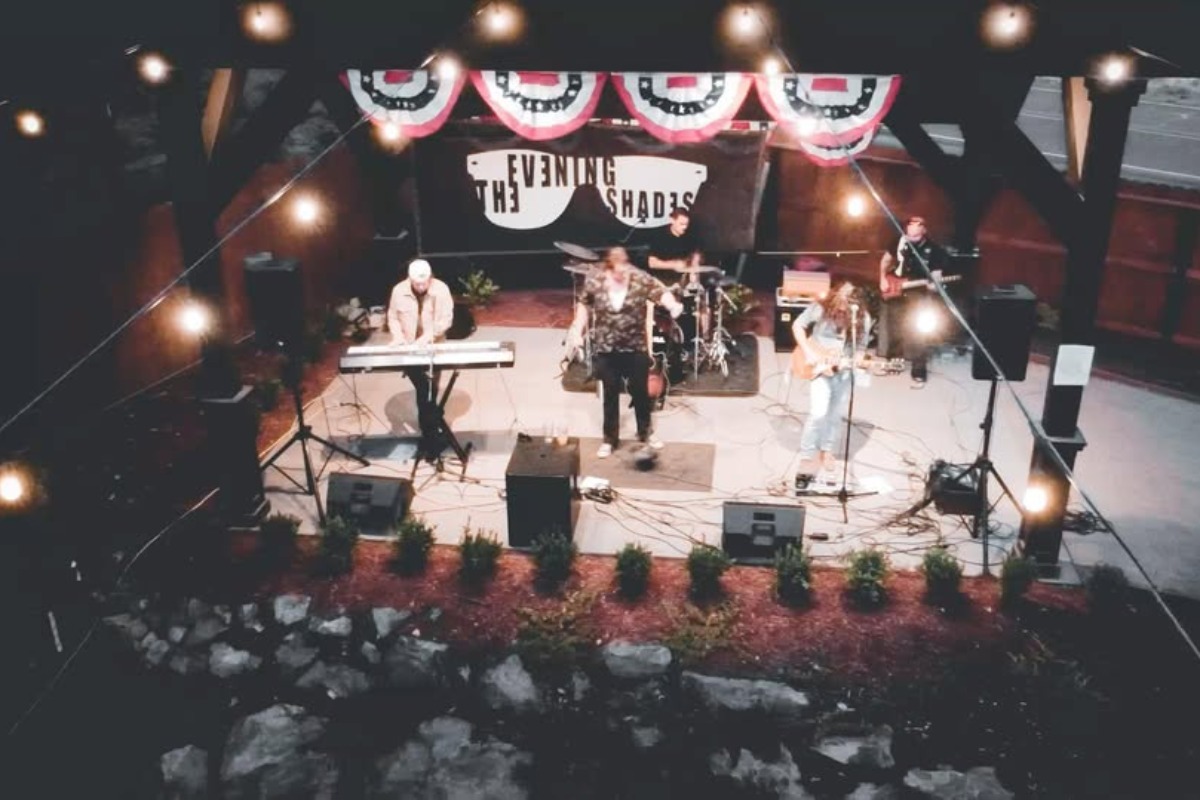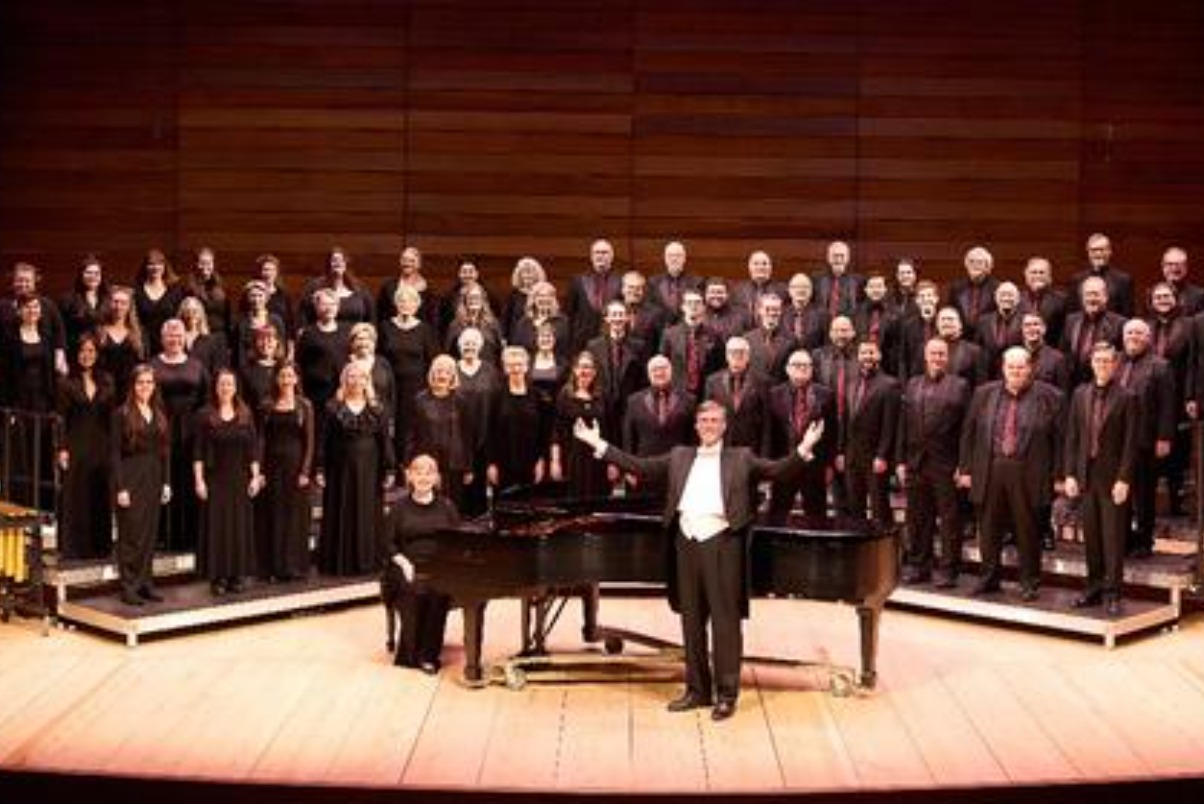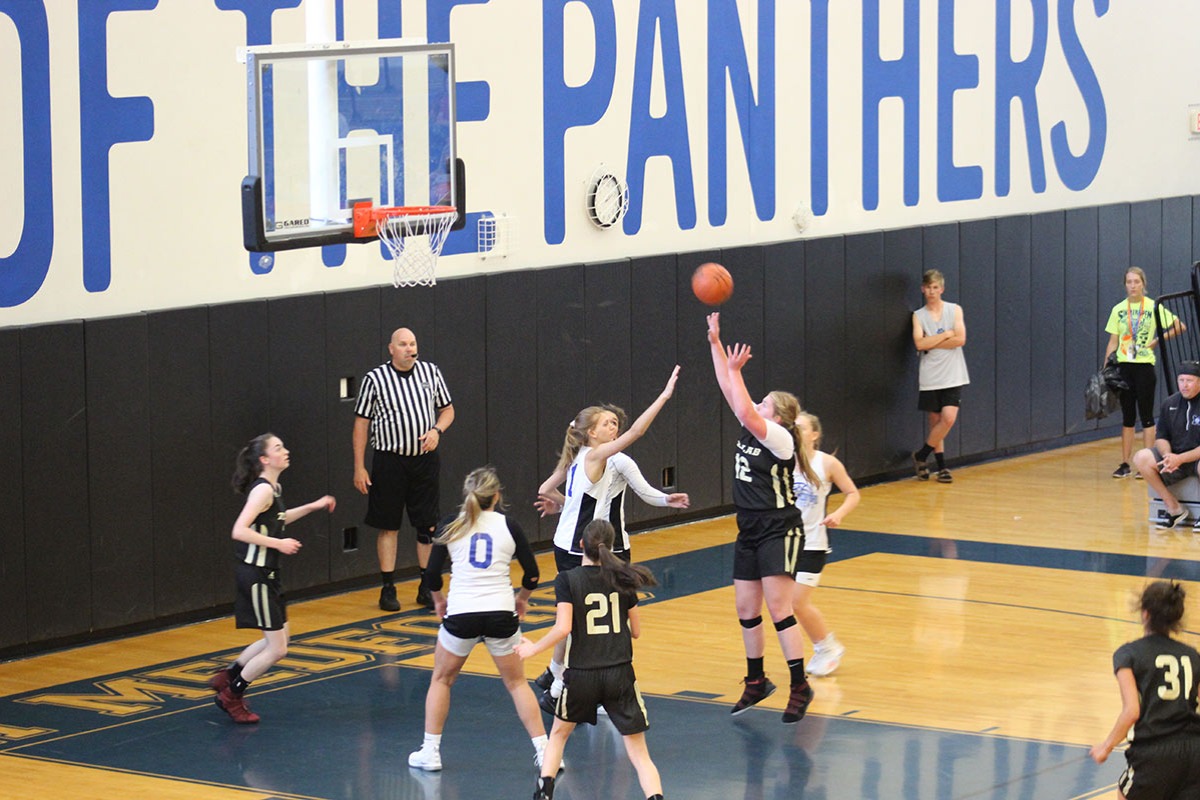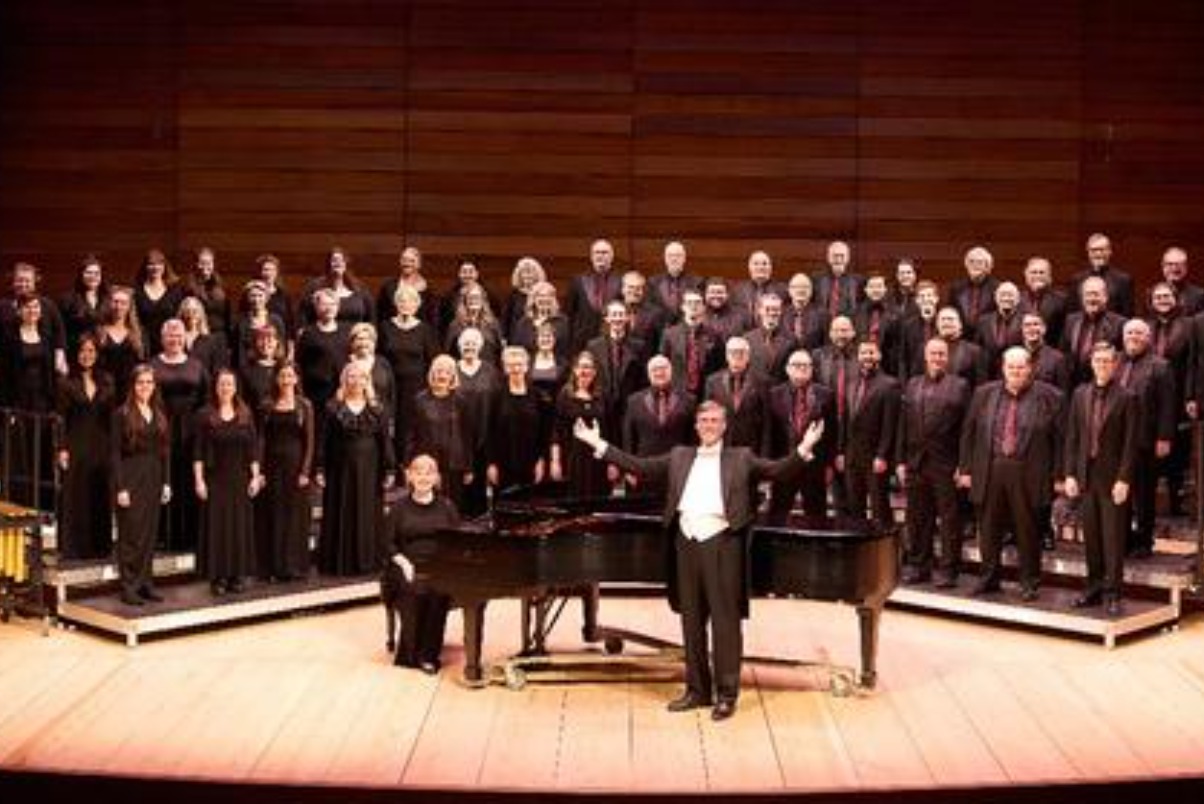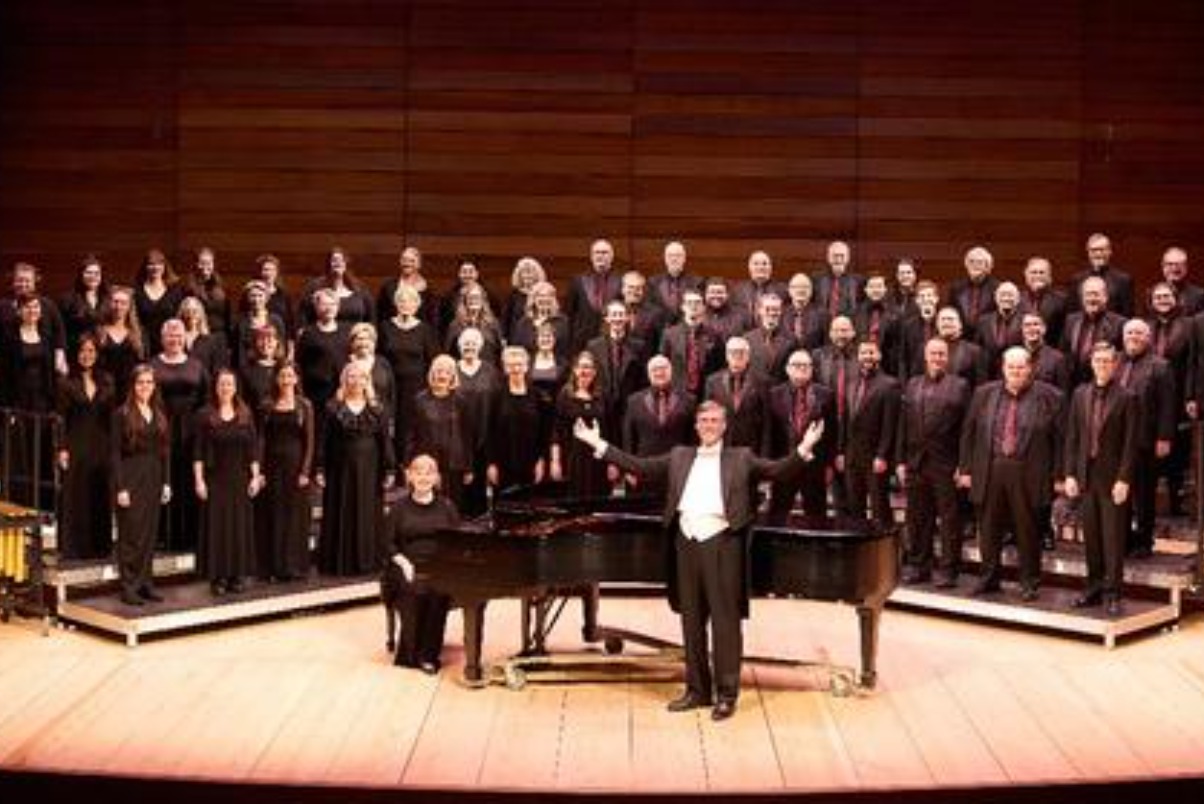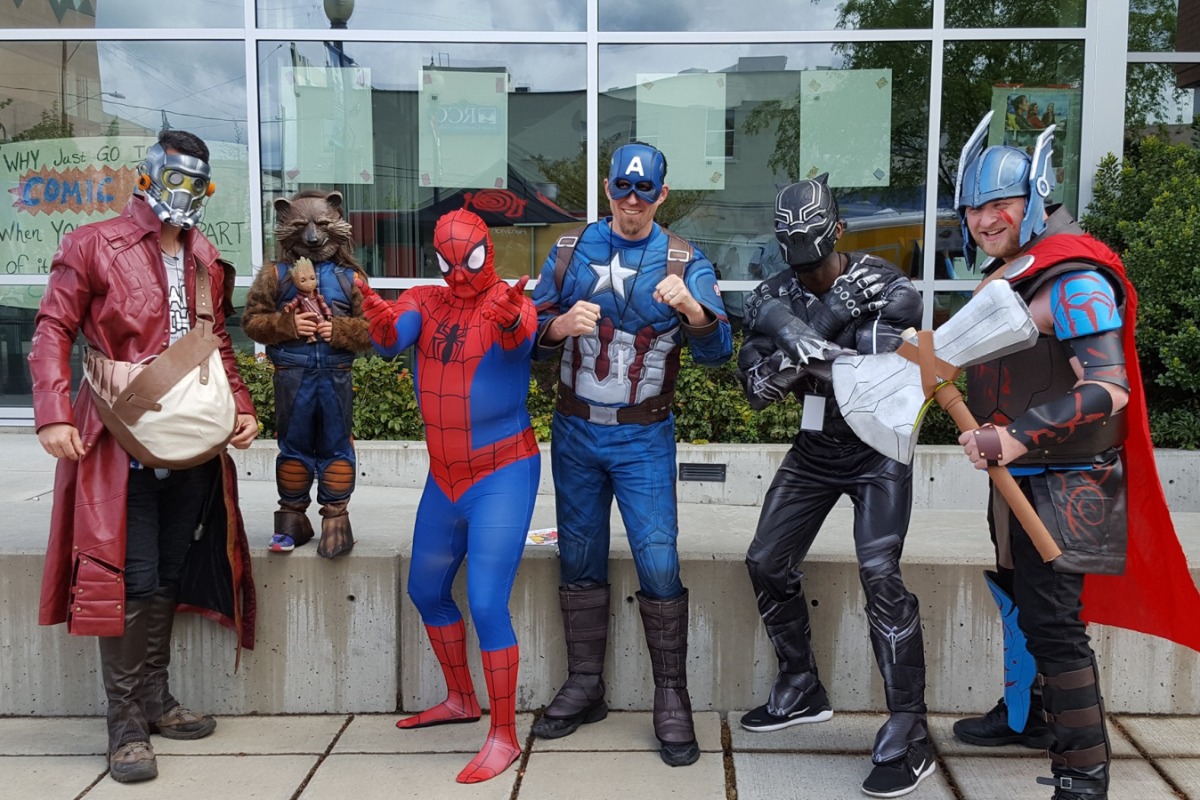THE HISTORIC DISTRICTS IN DOWNTOWN MEDFORD
A town known for its beautiful hiking locations, Craterian theater performances, and wondrous wine scene, Medford has a beautiful history of shaping the Rogue Valley. With a population of 81,000, our small town is the county seat of Jackson County- but this wasn’t always the case. Explore the ways Medford has moved and shifted, carrying culture and history along the walls of downtown in mysterious ways.
From the 1850's to the 1880's, the most important city in the region was Jacksonville, a gold rush town located about 5 miles west of Medford. The Oregon and California Railroad began building a line south from Portland, and by November 1883 the line reached the city of Grants Pass. The next stop on the line was expected to be in or near Jacksonville, but when asked by the railroad company for a $25,000 payment, the town refused and the rail line was instead built five miles east, through the heart of the Rogue Valley, creating a new town called Medford.
Founded in December 1883 along the new rail line, the City of Medford flourished into what we know of it today. When you walk the streets of downtown, there are several historic districts to explore, preserving the memories of how far we have come while celebrating our ever-growing future and potential.
DOWNTOWN MEDFORD
In the Heart of the Rogue Valley, you will find the heart of the city: downtown Medford. A cohesive yet exciting place to shop, eat and play, the Downtown Historic District covers the area between 4th and 9th Streets and Riverside and Oakdale Avenues. Spanning 1,000 acres with 104 vibrant contributing buildings and businesses, explore a place that is connected with dynamic energy and filled with history.
CRATERIAN THEATER AT THE COLLIER CENTER FOR THE PERFORMING ARTS
Opened in October of 1924, the Craterian Theater is a state-of-the-art performing arts center infamously known and praised for it’s beautiful performances, concerts and theatrical tours. Named after nearby Crater Lake, the theater was a host to silent film, vaudeville and first run films such as the ‘Thin Man’ series with William Powell & Myna Loy. The theater also hosted WWII bond drives and other events to support the community.
HOLLY THEATER
On August 29, 1930 the Holly Theatre first opened its doors as one of the most ornate and luxurious buildings in the town. Sporting the largest illuminated sign in Oregon outside Portland, the theater had every modern amenity. With hundreds of electric lights and 500 feet of neon, it was also the largest electrification project in Southern Oregon or Northern California.
Today, it is preserved and under reconstruction to repair the ceilings and further protect it’s magnificent history and cultural influences of Medford.
PORTER'S DINING AT THE DEPOT - SOUTHERN PACIFIC RAILROAD PASSENGER DEPOT
The Medford SPRR Passenger Depot is the sole remaining southern Oregon example of the masonry depot structures built by the Southern Pacific along its north-south main line. Today, you may know the site as the ever-delicious, Porter’s Dining at the Depot. Enjoy a nice dinner or crafted cocktail, and take in the history sitting outside near the tracks.
WILKINSON-SWEM BUILDING
The Wilkinson-Swem Building was one of the first brick commercial buildings built on Main Street to displace the hastily-built wooden structures which anticipated completion of the Oregon and California Railroad in 1887.
The building's bay window with curved metal roof, stylized wood trim and central window sash with colored border lights, and the elaborate, variegated chimneypiece in the upstairs parlor embody the distinctive characteristics of the Eastlake Style. The Wilkinson-Swem Building and its neighbor, the Tayler-Phipps Building of 1909, are the only buildings in this block of Main Street to have escaped the comprehensive façade remodeling prevalent in Medford after World War II.
GENEVA-MINNESOTA
The Geneva-Minnesota Historic District is a compact residential area located to the east of the downtown Medford, Oregon business district. Developed in two primary phases, the first in 1911-1914 and the second in 1922-1924, the area's residences represent a homogenous collection of the "Bungalow," "Craftsman," and "Period Revival" styles that were dominate locally during each of these periods.
The two streets share common developers and many of the houses, first built on speculation, were constructed by the same individuals from common or similar plans. The 34 contributing properties collectively represent one of southern Oregon's most intact early 20th century residential areas.
GENEVA STREET
Medford began paving 45 miles of city streets in 1910-1911, hiring the Clarke-Henery Company to do the work. However, as more houses were constructed, property owners along Geneva Street realized that their street would be one of the last paved and possibly not completed before winter rains made it a mud hole. Since sewer and water lines were already finished, residents decided to hire the Bise and Foss Company to pave their street, using the “Brickolithic” method that consisted of molded concrete resembling bricks.
Geneva, Genessee, and Reddy Streets used the Brickolithic method. The paving of their streets started on a Monday and finished that same week. The 6 inch by 10 inch pattern pressed into the wet road surface gave it a brick appearance. The crisscross design was more functional than regular paving because the scores between the brick designs gave delivery horses more traction and slowed down speeding Model-T cars.
Reddy and Genessee have since been repaved with asphalt, but when residents of Geneva heard of plans to repave their street, they persuaded city officials to preserve their neighborhood’s historic character.
The 105-year-old “Brickolithic” designed Geneva Street remains in use today.
LADY GENEVA BED & BREAKFAST
Lady Geneva Bed & Breakfast is located in the historic G.L. and Florence Buhrman House, named after the original owners.
The Buhrman House was built in 1914 in the Craftsman style, although some records indicate the land was purchased in 1910. One of the last of the structures to be built along the east-facing side of Geneva Street, the G.L. Burhrman House was under construction in 1914 when tax rolls show an assessment for the property at $80.00 with the notation, “Foundation only.”
After several decades and owners, Gloria Alice Thomas and her husband Cecil de Haas purchased the Buhrman House on July 5, 2017. Both hoteliers, they had often discussed opening their own Bed & Breakfast, and knew when they saw the Buhrman House that it was the right time to make that dream come true.
When they became the proud owners and caretakers of Lady Geneva, the previous owner, Constance, wrote them a letter which included a quote from John Ruskin, a philosopher who lived and spoke at the beginning of the Arts and Crafts movement.
“Old buildings are not ours. They belong, partly to the generations of mankind who are to follow us, but the dead still have their rights to them. That which they labored for…. We have no right to obliterate”.
You can visit and stay at the beautifully crafted and cared for Lady Geneva Bed & Breakfast today, and fully appreciate the history of the home.
DONALD MCKEE HOUSE/COLONY CLUB
Originally built for Donald McKee, since 1928 this structure has been used as the meeting house of the Colony Club, a prominent women's association in the Medford area. One and one-half stories high, the wood-frame gable roof structure is distinguished by its well-detailed gable dormers, open eave returns and arch-topped windows. A small oval window, to the left of the doric-columned entryway, is highly detailed with a "lace-type" muntin pattern and four keystones.
After building this elaborate dwelling to compliment his brother's house next door, Donald McKee remained in the Medford-area for a short time. In 1925 he sold a portion of his property to his brother, and returned to California. Three years later the house itself was sold to the Colony Club for $8,000.00.
At first, the Colony Club was a purely social club promoting dramatic readings and a common host to bridge parties. Soon its members added charitable projects. As early as 1912, they furnished and maintained a charity room at Sacred Heart Hospital. By 1914, the Colony Club joined the national Drama League and brought many first-rate dramatic actors to Medford theaters, among them Maude Adams. Over the years, the charitable organization raised money for the Red Cross, United Fund, Girl Scouts, YMCA and even formed their own library.
DODGE HOUSE
Welcome to 19 Geneva Street, formally known as The Dodge House. This craftsman style home was built in 1913, and still carries its historical charm with much of its original design. The four bedrooms upstairs each have the original hardwood floors and crown molding. The stacked timber entryway leads to the main living space with coved ceilings, fireplace, hardwood floors, & an elegant staircase. The bay window sheds light on the ever popular Baroque style by Frederick Webber, and the dining room still has its attractive boxed-beam ceiling & ornate woodwork.
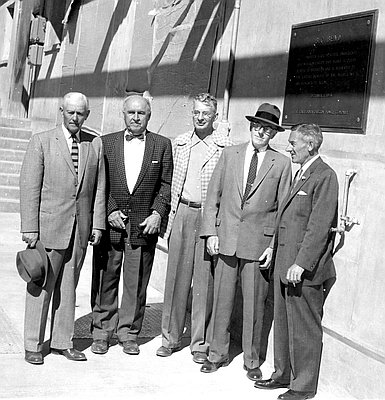
John C. Boyle (left) at 1958 dedication of Big Bend hydroelectric plant; plant re-dedicated in Boyle's honor in June 1962. Courtesy Pacific Power/PacifiCorp
MITCHELL-BOYLE HOUSE
28 Geneva Street was built on speculation by William and Henry Humphrey as part of the original area development. A one and one-half story wood frame dwelling, the structure is distinguished by the inset double gable dormer that dominates the primary elevation.
After moving to Medford and settling into home on Geneva street, John C. Boyle was quickly noted as an incredibly talented engineer. Serving for 50 years as the chief of engineering, Boyle has been credited with designing every single hydroelectric generating facility built in the region’s first 60 years. Upon his retirement Klamath’s Big Bend Dam was dedicated in his honor, and upon his death the downtown home became a piece of history.
SOUTH OAKDALE
The South Oakdale Historic District is a 32-acre district in which South Oakdale street forms the spine. The district is primarily residential, housing around 70 buildings, and perhaps some of the grandest of several well-preserved residential neighborhoods in Medford.
The development of this neighborhood began in 1890 soon after Medford's founding in 1883, and quickly became one of the city's greatest neighborhoods, with many residents prominent in land development, business, agriculture, law, medicine, education, politics, and the arts. The district exhibits a wide range of architectural styles from its period of development, notably including several works by Frank Chamberlain Clark, southern Oregon's preeminent architect of the early 20th century.
MEDFORD SENIOR HIGH SCHOOL (CENTRAL HIGH SCHOOL)
In 1931, homes on the east side of South Oakdale between Barnett and Monroe were either moved or razed to make way for the new Senior High School building. With architect Frank Clark and builder R. L. Stuart & Sons, a two-story concrete school was created for the growing town. Modernistic details, large open spaces of lawn, and school commons made way for 800 excited pupils on its first day.
Prior to its construction, students attended school at Mcloughlin Junior High School and played sports games at it’s dirt field. Five years after the construction of the school, Fred Spiegelberg Stadium was constructed in September of 1936 due to the rising need of a more advanced place to play and attend sporting events.
The growth of Medford continued to rapidly increase, and soon Medford Senior High School was at its capacity. In 1966, the city opened a new two-year "Medford Senior High School" for 11th and 12th graders on the north side of town. The football team, retaining the name "Black Tornado" , benefited from continuing to have access to the entire city's junior and senior populations, contributing to the program's continued success. Meanwhile, 9th and 10th graders attended school at this campus, known as "Medford Mid High" (mascot was the "Marauders" with a maroon & white color scheme).
In 1986, the city renovated the Mid High campus and opened the new "South Medford High School" for 9th through 12th grade students. A vote of the student body chose "Panthers" as the mascot, winning over the sentimental-favorite "Tigers," a nickname that had been used at Medford High prior to the late 1940s. The former "Medford Senior High" was renamed "North Medford High School," retaining the Black Tornado mascot, and creating the now infamous rivalry of North vs South Medford High Schools.
In 2010, South Medford High School moved to a new campus, but both North and South High schools continue to play their home games at Fred Speigelberg Stadium.
The growth and evolution of Medford and its education has been miraculous over the decades, and you can see it all on the face of the now known Central High School.
QUISENBERRY (WALTER) HOUSE
This one and a half story colonial style house was one of the handful of homes that had to be moved from lot 5 to lot 4 in order to accommodate the installation of the new Medford Senior High School. Its double bevel wood siding, very steep roof, gallows brackets and diamond cut shutters are all signature marks of its historic 1936 heritage.
Native ponderosa pines and black oaks hug the property, giving it a beautiful, cottage-in-the-woods feel while also being in the heart of downtown Medford. The unique experience of the home’s transition between lots was one that few houses and families experienced at the time, and as it stands proudly today, it reminds us of purpose and the continuous growth of Medford.
A true pioneer to the region, the growth and transitions of Medford have been stupendous over the years. The colonial history and styles of craftsmanship are ever-present, and displayed proudly throughout the streets and buildings along downtown.
When you explore the downtown districts for yourself, look around and appreciate the history and work of the past that have created the continuous future and potential of the town.





